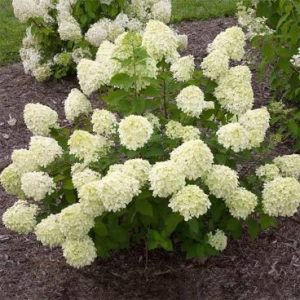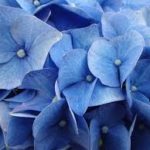Time to Prune Hydrangeas?
go.ncsu.edu/readext?704155
en Español / em Português
El inglés es el idioma de control de esta página. En la medida en que haya algún conflicto entre la traducción al inglés y la traducción, el inglés prevalece.
Al hacer clic en el enlace de traducción se activa un servicio de traducción gratuito para convertir la página al español. Al igual que con cualquier traducción por Internet, la conversión no es sensible al contexto y puede que no traduzca el texto en su significado original. NC State Extension no garantiza la exactitud del texto traducido. Por favor, tenga en cuenta que algunas aplicaciones y/o servicios pueden no funcionar como se espera cuando se traducen.
Português
Inglês é o idioma de controle desta página. Na medida que haja algum conflito entre o texto original em Inglês e a tradução, o Inglês prevalece.
Ao clicar no link de tradução, um serviço gratuito de tradução será ativado para converter a página para o Português. Como em qualquer tradução pela internet, a conversão não é sensivel ao contexto e pode não ocorrer a tradução para o significado orginal. O serviço de Extensão da Carolina do Norte (NC State Extension) não garante a exatidão do texto traduzido. Por favor, observe que algumas funções ou serviços podem não funcionar como esperado após a tradução.
English
English is the controlling language of this page. To the extent there is any conflict between the English text and the translation, English controls.
Clicking on the translation link activates a free translation service to convert the page to Spanish. As with any Internet translation, the conversion is not context-sensitive and may not translate the text to its original meaning. NC State Extension does not guarantee the accuracy of the translated text. Please note that some applications and/or services may not function as expected when translated.
Collapse ▲

Hydrangeas that bloom on “old wood”
Hydrangeas are a bold, bright, and beautiful way to add color and texture to your landscape. With immense, striking flower heads that are unrivaled in the shrub world, hydrangeas are hard to resist. Hydrangeas are easy to cultivate and propagate, tolerate most soils, and produce abundant blooms that provide several weeks or even months of eye-popping color. They come in a wide range in colors, including bright white, frosty white, vibrant blues and pinks, lavender, rose, and even lime green.
Pruning hydrangeas can be confusing. Proper timing and knowing which pruning techniques to employ depend on the variety. The BigLeaf (H. macrophylla), along with Oakleaf (H. quercifolia), Mountain (H. serrata), and Climbing (H.anomala subsp. petiolaris) hydrangeas are among the most popular varieties. They all bloom on the previous season’s stems (“old wood”).
After the above varieties bloom, usually in June and July, it is time to prune. Avoid pruning after August 1, because the flower buds for next year’s blooms form in late summer. To encourage branching and fullness, cut one or two of the oldest stems down to the base. If plants become old, neglected, or damaged, prune the entire plant down to the base. You will lose the flowers for the upcoming season, but also rejuvenate the plant for years to come.
For the best results when pruning the big Mophead varieties, do not deadhead or remove the faded blooms. Leave them through the winter and cut them back in early spring (to the first pair of healthy buds). Lacecap varieties can be deadheaded. Cut them back to the second pair of leaves below the flower head. For more detailed information about pruning hydrangeas, check out this link to an article written by Extension Director in Macon County, Alan Durden: Pruning Hydrangeas
Hydrangeas that bloom on “new wood”
Panicle (H. paniculata) and Smooth (H. arborescens) hydrangea varieties bloom on the current season’s stems or “new wood”. These varieties should be pruned in late winter BEFORE the flower buds form. Given ample space to grow, these varieties require considerably less maintenance. Typically, prune out the dead branches only, and do not try to “shape” this shrub.
| Hydrangea Variety | When to Prune | Where Blooms Appear |
| Panicle (H. paniculata) | Late winter, before spring growth | On new growth |
| Smooth (H. arborescens) | Late winter, before spring growth | On new growth |
| Bigleaf (H. macrophylla) | Summer, after flowering | On old growth |
| Oakleaf (H. quercifolia) | Summer, after flowering | On old growth |
| Mountain (H. serrata) | Summer, after flowering | On old growth |
| Climbing (H. anomala subsp. petiolaris) | Summer, after flowering | On old growth |
If you have additional questions about this topic or any other horticulture-related topics please contact Chris Blaha at 252-232-2262 or email ctblaha@ncsu.edu




